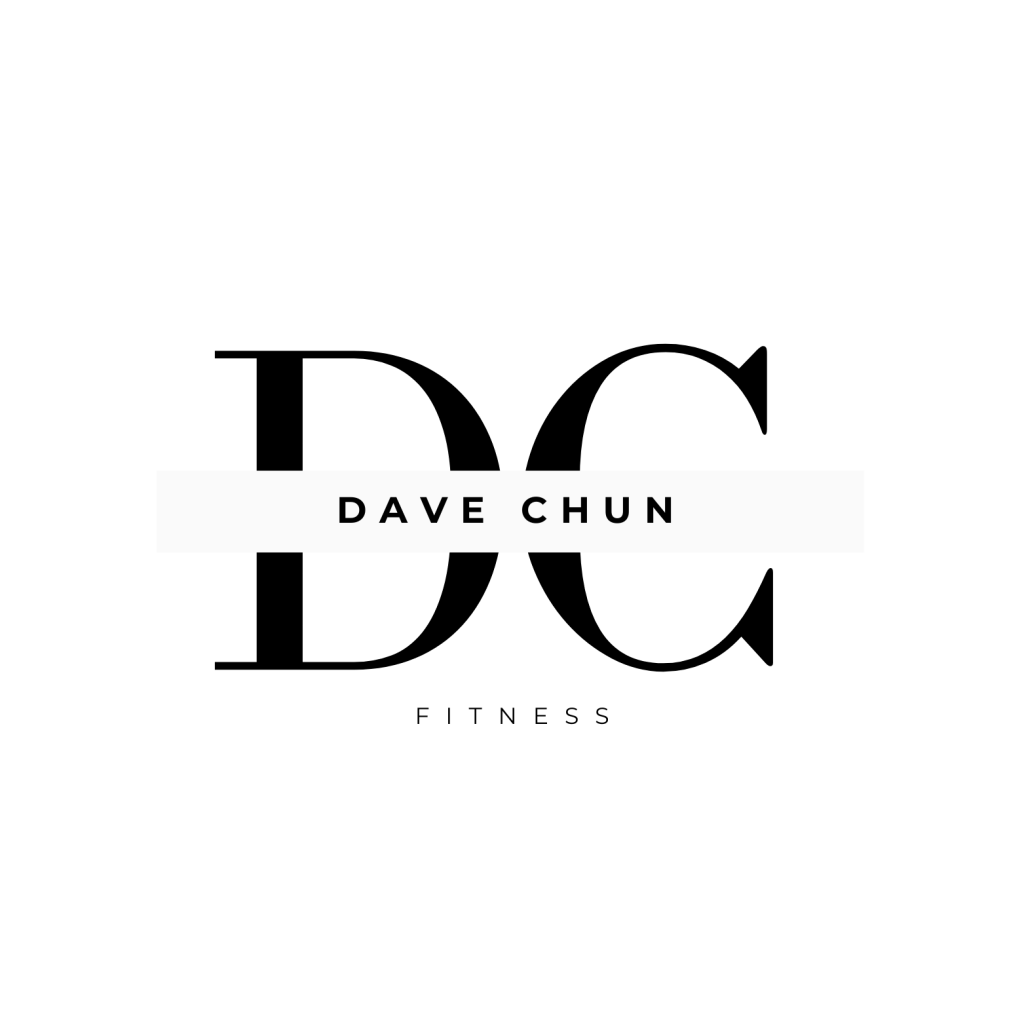In the gym as well in life, there is this notion that hard work pays off. A quote that I like to say to my athletes is: “Hard work will beat talent any day, but talent combined with hard work, now that is magic.”
I train a tennis player who has the genes, the talent and the willingness to work hard–a rare combination. But, even we have had repeated converstations about incorporating sufficient rest and recovery days into the training schedule and how without it can lead to injury.
Working Harder Isn’t Always Smarter
So that got me thinking, in particular, about the effects of working too hard. Working hard is a good thing; but, training so hard you can’t walk out of the gym? Now that is a problem.
So that got me thinking, in particular, about the effects of working too hard. Working hard is a good thing; but, training so hard you can’t walk out of the gym? Now that is a problem.
Take this tale from my youth, for example. Back in the dark ages, I did a training procotol called German Volume Training (GVT), popularized by Charles Poliquin. The gist of GVT was to rep out 100 times of a given weight. I’d squat a weight between 135-155 lbs for 10 reps at a time with one minute of rest. The result? Each time I used GVT, I would be sore for days, sometimes for 5 days straight. Most of the time, I was so sore that I couldn’t bend my legs to put on socks or shoes.
Of course, muscle soreness is often inevitable when we workout, but soreness shouldn’t be the main goal of any workout. In other words, soreness is not an indicator of a good workout–often it means that you did too much. Furthermore, this kind of training can be counterproductive. Instead of getting stronger and healthier, you can put too much stress on your soft tissues (muscle, tendons, and liagments), and cause over-training and injuries.
So how do we determine the right amount of intensity and volume? And how do we squeeze the most of our training time?
Part II: How to train just the right amount.




0 responses to “Training and Over-Training: Part I”